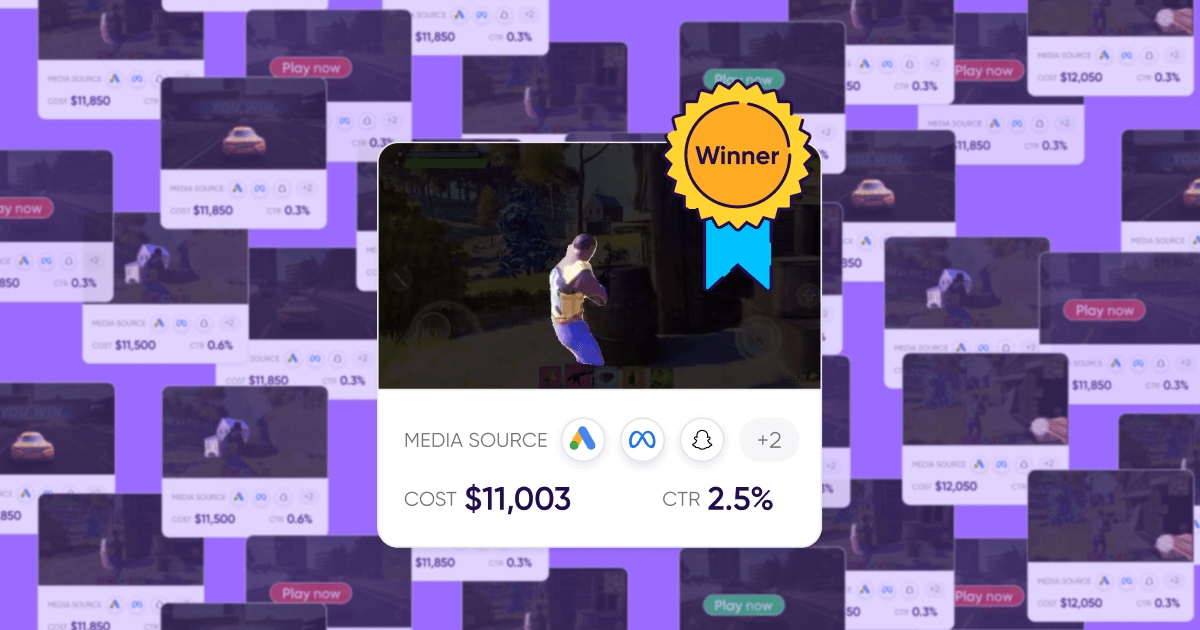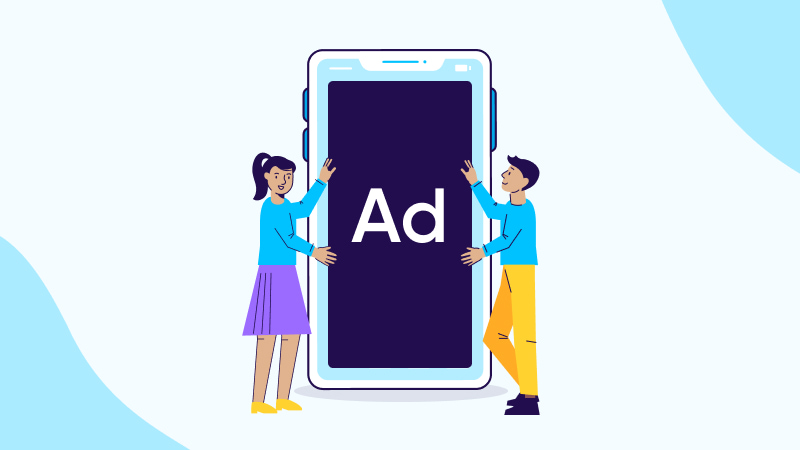
Mobile interstitials

Mobile interstitials are full-screen ad placements situated between standard interactions during a user’s experience on a site, game, or app. These types of ads materialize between blocks of content, and at natural transition points like when moving from game level to another or in between articles on a news site.
What are mobile interstitials?
These are full-page, interactive ads injected into the user experience.
A user has two options when seeing an interstitial ad: click and go to the ad’s destination, or close the ad and return to the app/game they were already engaged in. These ads are displayed in many formats, including static — like an image, or rich media like a video
Mobile website interstitials
These types of interstitials are served as full-page web ads that materialize between page views.
Mobile web interstitials are an added revenue and inventory source for publishers, because they allow publishers to monetize web pages in an impactful way.
Web interstitials are activated by user-initiated page navigation. So, websites where users rarely initiate page navigation, such as infinite scroll or a single-page application (SPA), are less likely to be served these impressions.
Mobile app interstitials
These types of interstitials are likewise full-page ads served during mobile app navigation. App interstitials are served at natural transition points in the app, like launch, game level load, or video pre-roll.
These ads are great for brand advertisers because of their size and the fact they’re highly engaging. And, as we know, boosting user engagement is a bullet-proof way to guarantee more clicks and converts.
Why are mobile interstitials the cool kids on the block?
Basically, these types of ads assist in overcoming banner blindness and other mobile-specific issues, given the fact they’re prominently placed and uniquely ideal for mobile environments.
More prominent ads usually lead to more significant impressions and user engagement, and this increased visibility can help boost click-through rates (CTR).
According to Google Ad Manager, interstitial ads — just by virtue of their size and diversity of ad medium — are incredibly engaging. Thanks to their proven success rate, interstitials are frequently cited as the most desirable ad format by both brand and performance mobile advertisers.
Mobile interstitials best practices
Before implementing interstitial ads on your app or site, consider the following best practices to get the most out of your campaign:
Know your place – Ad placement

The when and where of your ad placement is crucial. Use A/B testing to ensure that your ads are placed at the natural user breaks in your app or on your site.
For example, if a user is on a gaming app, place your ad at the end of a completed level. Or, if a user is reading the news on your mobile site, be sure to place your ads in between articles.
Don’t be annoying – Ad frequency
Just as important as when and where your ad is served – is its frequency.
On a gaming app, for example, be careful not to place ads after every completed level. Instead, keep it to a cadence that will still engage and delight users – rather than annoy them by its frequency.
When thinking about the placement and frequency of your ads, another best practice is to make sure that ads are only served to users after they have already interacted with your app or site.
Don’t get in trouble – Google intrusive interstitial penalty
As publishers or brand advertisers, the desire to increase revenue from your mobile site is understandable. However, in your glee to turn ads into revenue, you must be cautious not to fall into intrusive advertising traps.
In 2017, Google established mobile interstitial penalties to regulate interstitials on mobile websites, and limit the amount of intrusive advertising a user experiences.
To prevent frustration among users and keep the user experience as seamless as possible, publishers and brands are required to comply with Google’s policies.

Which interstitial practices would violate Google’s rules and be considered intrusive? We’ve summarized the gist below:
- Interstitials served on the loading or exiting page of your mobile site
- Interstitials served at every user break
- Interstitials that cover a page’s search intent while a user is browsing
- A standalone interstitial that requires the user to dismiss it before accessing the main content
Google will penalize sites with intrusive ads and lower the ranking of websites that violate its interstitial policies. That being said, these rules do not apply to legal obligations, like cookie usage or age verification.
Key takeaways
- Mobile interstitials are a mouthful to say – but not hard to understand. They’re full-screen ad placements that are served at natural points along a user’s journey, and are the answer to mobile-specific problems like banner blindness and fatigue.
- They’re loved by publishers and advertisers because of their significant size and potential for maximum engagement.
- Placement and frequency are important when deciding where and when to place your ads, and A/B testing is the best way to ensure that they are served in the right place and at the right times.
- Intrusive advertising is a no-no, and Google will penalize your mobile site if you violate its intrusive policies with your interstitial ads. So be sure to implement best practices around ad placement and frequency before placing any on your mobile site / app.



